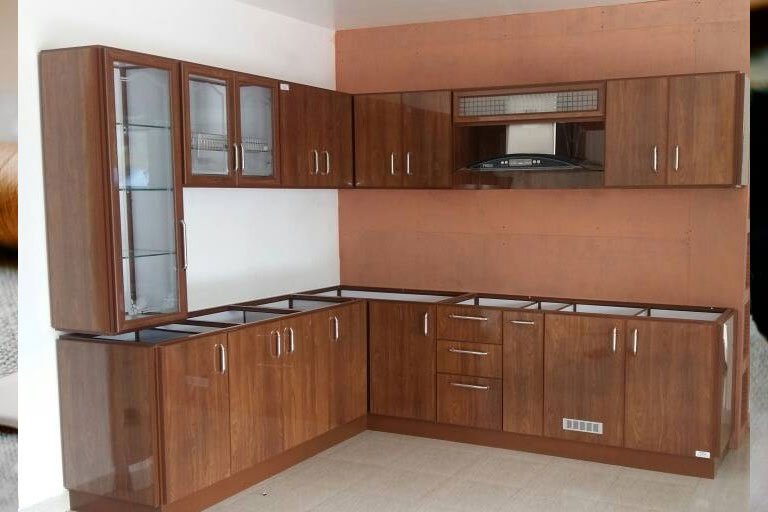
Aluminum fabrication involves the process of creating various products and structures from aluminum and its alloys. Aluminum is a versatile and widely used material due to its lightweight nature, corrosion resistance, and excellent mechanical properties. The fabrication of aluminum involves several techniques and processes to shape, cut, join, and finish the material. Here’s some content about aluminum fabrication:
Introduction to Aluminum Fabrication:
Aluminum fabrication is the process of transforming aluminum and its alloys into finished products or components through various manufacturing techniques. This versatile material is known for its exceptional strength-to-weight ratio, corrosion resistance, and conductivity. These qualities make aluminum fabrication essential in various industries, including construction, aerospace, automotive, electronics, and more.
Aluminum Fabrication Techniques:
- Cutting: Aluminum can be cut using various methods, including sawing, shearing, laser cutting, and waterjet cutting. Each method offers specific advantages based on precision, speed, and material thickness.
- Forming and Bending: Aluminum sheets and profiles can be bent and formed into desired shapes using processes like press braking, roll forming, and stretch forming. These techniques are crucial for creating complex designs and structural components.
- Welding and Joining: Aluminum can be joined through processes like TIG (Tungsten Inert Gas) welding, MIG (Metal Inert Gas) welding, and spot welding. Proper welding techniques are essential due to aluminum’s high thermal conductivity and potential for distortion.
- CNC Machining: Computer Numerical Control (CNC) machining involves using automated tools to precisely shape and carve aluminum components. This technique is valuable for creating intricate parts with tight tolerances.
- Extrusion: Aluminum extrusion involves forcing heated aluminum through a shaped die to create profiles with consistent cross-sections. This is commonly used for producing items like window frames, structural members, and heat sinks.
- Finishing: Various finishing techniques, such as anodizing, powder coating, and painting, are employed to enhance the aesthetics and corrosion resistance of aluminum products. These processes also provide options for color customization.
Applications of Aluminum Fabrication:
- Construction: Aluminum is widely used in construction for windows, doors, curtain walls, roofing, and structural components due to its lightweight nature and corrosion resistance.
- Aerospace and Automotive: Aluminum’s high strength-to-weight ratio makes it a popular choice for aircraft components, spacecraft, and automobile parts, contributing to fuel efficiency and performance.
- Electronics: Aluminum is used for manufacturing electronic enclosures, heat sinks, and connectors due to its conductivity and thermal management properties.
- Packaging: Aluminum’s malleability makes it suitable for packaging applications such as cans, foils, and containers.
- Industrial Equipment: Aluminum is used in the fabrication of machinery components, storage tanks, and industrial platforms due to its durability and resistance to harsh environments.
Aluminum fabrication plays a crucial role in modern manufacturing across various industries. Its unique properties, coupled with advanced fabrication techniques, enable the creation of innovative and efficient products that impact our daily lives in numerous ways.
